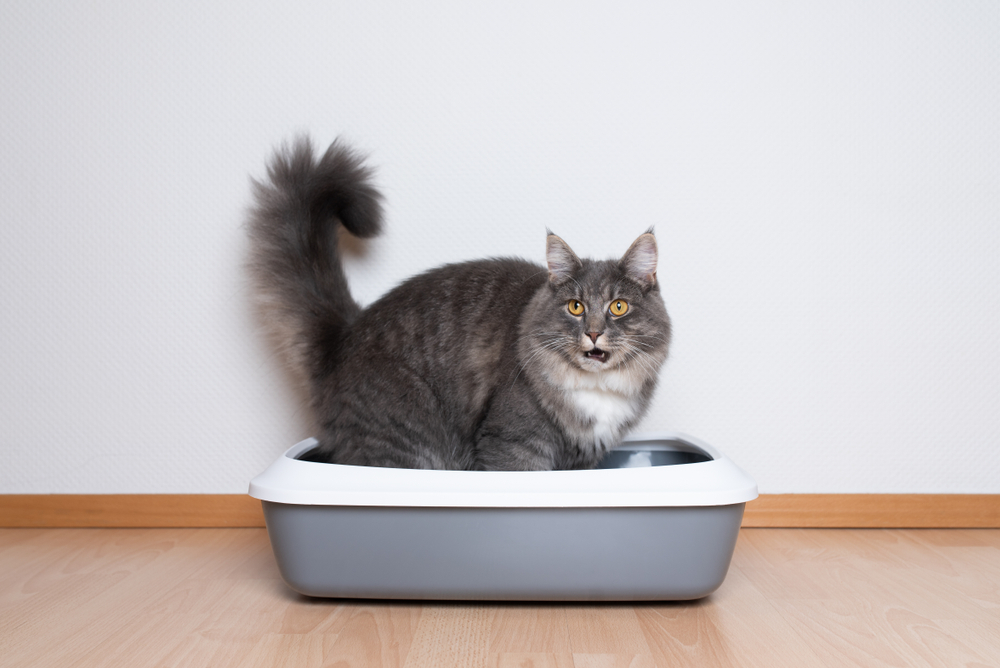Regenerative medicine is making huge leaps and bounds in the field of veterinary medicine, and our Cherry Knolls Veterinary Clinic team is excited to offer its unique benefits to our patients. We offer platelet-rich plasma therapy (PRP) and stem cell therapy, and while both use similar processes to treat medical conditions, they have a few differences. To begin with, we are focusing on stem cell therapy and whether it’s right for your pet. Read on for the answers to common questions about stem cell therapy in cats and dogs.
Question: What is stem cell therapy for pets?
Answer: Stem cells are important components of regenerative medicine, since they are able to become any type of cell. Inside the body, a stem cell is considered a blank slate, and has the potential to regenerate damaged and nonfunctional tissue. These stem cells are harvested from the bone marrow or fat of your pet or another pet of the same species. During a stem cell therapy session, our veterinarian injects the processed stem cells into the diseased area, and the cells move to the damaged tissue. The cells begin to perform their tasks, suppressing inflammation, reducing pain, and causing new, healthy tissue to grow. Instead of forming scar tissue in the damaged area, the stem cells create new tissue that is similar to the original tissue, allowing for greater functionality.
Q: What medical conditions benefit from stem cell therapy in pets?
A: Stem cell therapy is most commonly used to treat osteoarthritis in pets, as well as injuries to bones, joints, tendons, ligaments, and the spine. As more advancements are made in this field, new treatment opportunities are opening up. Stem cell therapy may also successfully treat keratoconjunctivitis (i.e., dry eye) in dogs, and stomatitis (i.e., painful oral inflammation) in cats. Chronic diseases, such as diabetes, and autoimmune diseases, such as lupus, may also benefit from stem cell therapy in the future.
Q: What occurs during a stem cell therapy session?
A: Instead of harvesting stem cells and shipping them to a laboratory for processing, we can perform same-day stem cell therapy with our own hospital equipment. This means your pet can undergo a stem cell treatment from start to finish by spending a single day with us. Once we’ve determined your pet is a suitable candidate for stem cell therapy, we can begin the process.
- The first step involves collecting fat tissue from your pet, as this tissue is easier to collect than bone marrow. Tissue collection is performed under general anesthesia, and the fat cells are generally taken from inside the abdomen or shoulder region.
- Next, the fat tissue is processed to extract and concentrate the stem cells.
- The final step is the actual injection of the stem cells into the affected area, which may be a hip, elbow, or knee joint. This step also typically requires some form of anesthesia to keep your pet calm and comfortable. However, despite general anesthesia, your pet will most likely walk out the door at the end of the day. Minimal special care is required after a stem cell treatment.
Q: What results can I expect with stem cell therapy for my pet?
A: While positive outcomes cannot be guaranteed, many pets benefit from stem cell therapy. However, results can take several treatments to become noticeably visible, or pets may suffer a relapse and require additional therapy.
Q: Can my pet’s stem cells be collected for future use?

A: Collecting stem cells during your pet’s spay, neuter, or other surgery not only leads to financial savings, but also maximizes the harvested stem cells’ vitality and efficacy. Having your pet’s stem cells on hand from a young age will help provide their best care as they age and potentially suffer from conditions that stem cell therapy can benefit. If your furry pal develops osteoarthritis, hip dysplasia, or tendon damage, or tears their cranial cruciate ligament later in life, they’ll have stem cells ready to speed to the rescue and repair the damaged tissue.
Does your pet suffer from a medical condition that may be helped through stem cell therapy? Contact our Cherry Knolls Veterinary Clinic team to schedule a consultation, to see if your furry pal is an ideal stem cell therapy candidate.








Leave A Comment